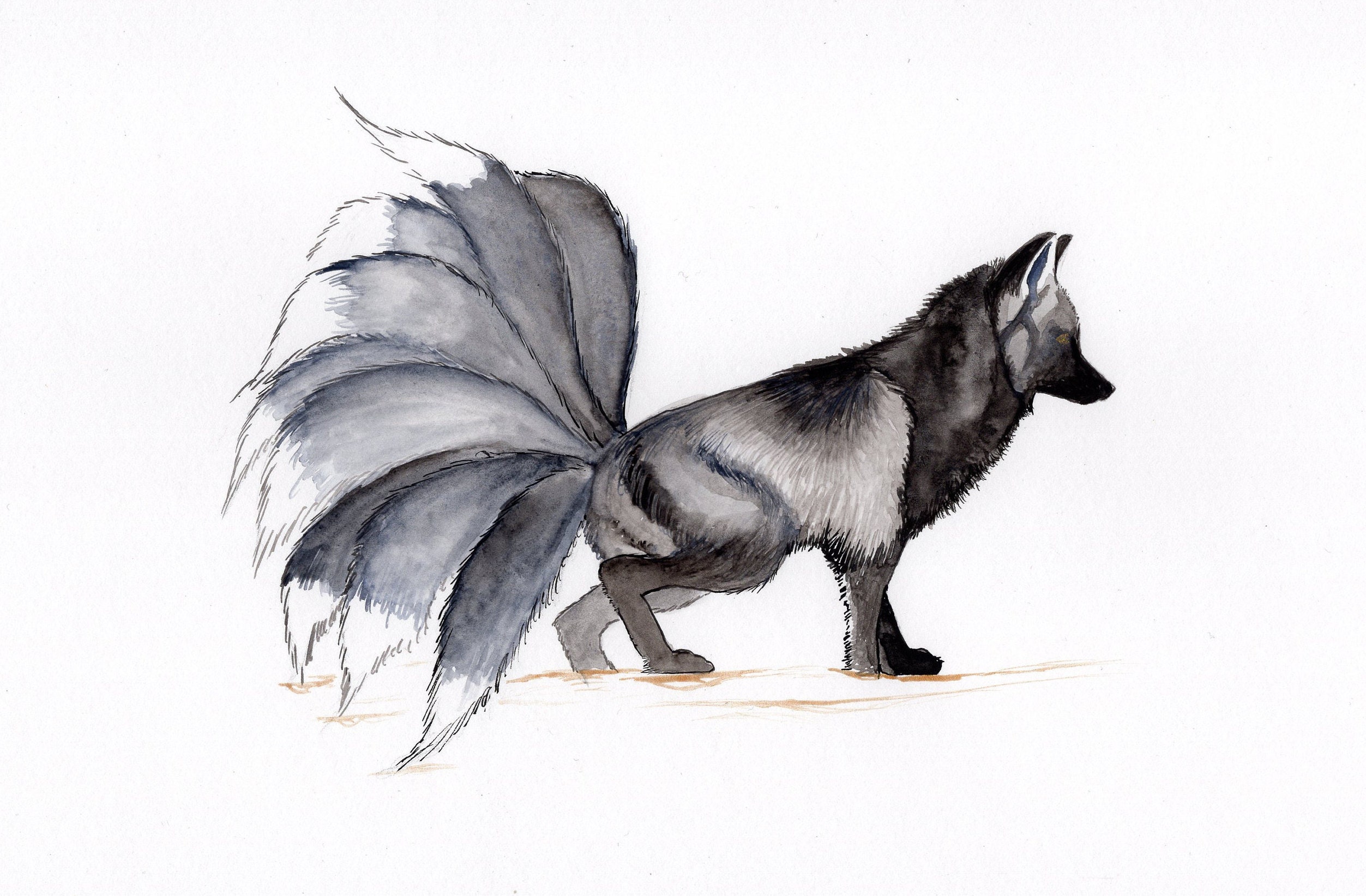

Agents of Atlas: Superspy White Fox (Ami Han) is the last-known surviving kumiho in Korea, all others having been slaughtered by three-legged canine demons called Samjoksu.The Femme Fatale kitsune is automatically a Foxy Vixen, and evil examples fall under Foul Fox. See also Youkai, Little Bit Beastly, Beast Man, The Fair Folk, and Ghostly Animals.

In fact, in Japan women are considered to be "tanuki-faced" (square/round) or "kitsune-faced" (inverted triangle/heart-shaped), the latter being considered sexier, so to call a Japanese woman fox-faced is looked upon as paying them a very sultry compliment.įortunately, all of these fox-spirit types can be cowed by the presence of dogs. In modern fiction, such foxes turn up often: anime in particular has them as a staple whenever mythology appears, while Western writers note the similarities between them as The Fair Folk, and use them thusly.Īdditional fun fact: kitsune are common Animal Motifs for Japanese character types, and are often portrayed as foils and rivals to Tanuki. These are sometimes depicted as "fragments" of more powerful foxes (see Tamamo-no-Mae under Mythology), or even their detached tails come to life. In most depictions, they follow commands faithfully but are capable of slowly bringing their masters to ruin (most often by multiplying until they run out of food). One particular variety, the small, weasel-like kuda-gitsune or "pipefox" (sometimes known as kanko, izuna or osaki) note in modern Japanese, izuna is considered a dialectal term for weasels is employed as a Familiar by human families. (And in that last case, their children - while not foxes themselves - will inherit magical powers.) Or, as mentioned above, they might fall in love and marry, and live happily that way. In behaviour, their activities vary from divine servants (or even gods of a sort), through shapeshifting tricksters and seducers - to bringers of ruin and eaters of men. They may also have squinted eyes or Eyes Always Shut (which is called kitsune no me in Japanese, meaning "fox eyes" or "shifty eyes"). Physically, they have a few distinguishing features: as already mentioned, they have multiple tails (up to nine). Eventually they gain human-level intelligence (or greater), as well as various powers: Voluntary Shapeshifting (in particular to human form), possession, enchantment, supernatural wisdom, and more.Ī fully nine-tailed fox may be depicted as being incredibly powerful, and dangerous even if they're not malevolent. As they grow older, they grow too in power (and number of tails). Instead, in many depictions, they start as normal foxes. For example, the Chinese húli jīng Dájǐ is usually considered to be the same entity as the Japanese kitsune Tamamo-no-Mae.īut it should not be thought that these foxes begin their lives as supernatural beings. Nevertheless, when the stories of such foxes cross borders, the local word is simply applied: that is, when a story of a húli jīng is imported to Japan, it is told as a story of a kitsune. Indeed, kitsune, when benevolent, have come to be closely associated with a Shinto kami, Inari.

The kitsune, on the other hand, is depicted as sometimes marrying with humans, in which capacity they prove to be devoted spouses and parents.


 0 kommentar(er)
0 kommentar(er)
